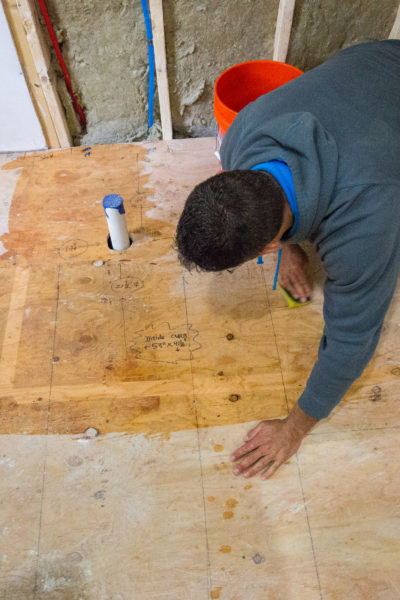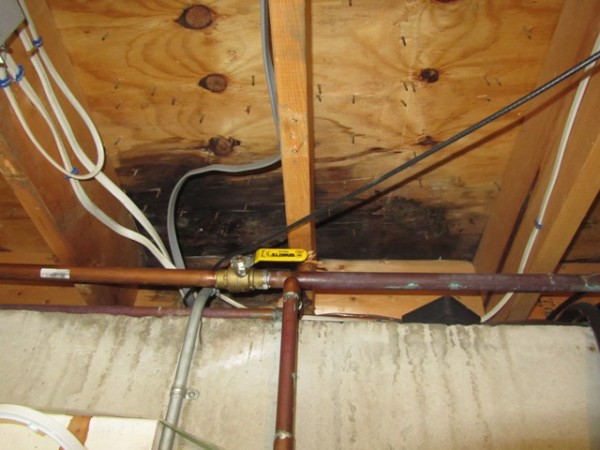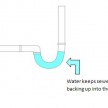Removing Pet Urine Odor From Wood Sub-floor

Photo Source: www.petbacker.com
How to Remove Pet Urine Smell From a Sub-floor
Steps involved in removing pet urine odor from wood sub-floor is a question I often get asked. Pet urine is a made up of ammonia, nitrogen, uric acid, bacteria, and hormones. Uric acid contains crystals that are left behind even after the urine has dried. It is those crystals in the impregnated wood that will linger. High humidity days tend to activate these crystals, they become reactivated haunt us later, after the carpet is replaced. Removing pet urine odor from wood sub-floor can be difficult.
Using Enzymatic Cleaners
One solution for removing pet urine odor from wood sub-floor is to apply an enzymatic pet cleaner to the soiled areas, and allow them to dry thoroughly for 24 hours. It’s important that you allow the area to dry completely in order to give the enzymes time to remove the stain and odor.
These cleaners contain special enzymes that convert organic waste materials such as urine and feces to carbon dioxide and water. These enzymatic cleaners continue to eliminate the odors and waste materials even when dry. Repeat this step if odors remain after initial application.
Choosing an Enzymatic Cleaner
Choose an Enzymatic Cleaner has the appropriate enzymes for the types of stains your dealing with. If you plan to use the cleaner on a variety of stains, it’s best to choose a product that offers multiple enzymes.
The following are the three main types of enzymes in these cleaners:
- Amylase: This breaks down starches, including eggs, sugar, and some sauces.
- Lipase: Lipase breaks down fats. It’s effective on oil and grease stains.
- Protease: This eliminates protein-based stains like wine, urine, and blood.

Cleaning subfloor
Cut Out And Replace Sub-Floor
In some cases, removing pet urine odor from wood sub-floor is impossible. The most fool proof approach is to, cut out and replace the stained sections; treat the rest of the sub-floor with a cleaner specially formulated for pet urine; and replace the pad and carpet. If the sub-floor is particle board I would ALWAYS replace the damaged area.
If the sub-floor is plywood or solid boards, an alternative is to seal the odor into the wood with KILZ Complete or Zinsser B-I-N, mildew-resistant, oil-based primer.
Before you can paint anything, the sub-floor MUST be completely dry. The best thing is to remove urine soaked wood. This removes any chances the smell could leach out from the underside or thru the paint. To help dry it out, use a fan to keep air moving over the top of the area to dry it out.

How to Remove Pet Urine Smells From a Sub-floor – Steps
The following 8-steps are useful for removing pet urine odor from wood sub-floor
- Remove carpeting, padding and other flooring around the areas you suspect urine has leaked into the sub-floor.
- Apply an enzymatic pet cleaner (like Nature’s Miracle) to the soiled areas and allow them to dry thoroughly for 24 to 48 hours. These cleaners contain special enzymes that convert organic waste materials such as urine and feces to carbon dioxide and water. They continue to eliminate the odors and waste materials even when dry. When you apply the enzymatic cleaners, do not over-saturate the wood to prevent it from warping. Repeat this step if odors remain after initial application.
- Paint the stained sub-floor areas with KILZ Complete or Zinsser B-I-N, mildew-resistant, oil-based primers and sealants that block odors and stains.
- Allow the paint to completely dry. Repeat the application after one hour.
- If any stains bleed through after the second application, re-apply and let dry until you completely cover the stains. Follow manufacturer directions for drying and ventilation.
- Used a fan to help dry the floor. A second fan in the window can assist with ventilation.
- Allow to completely dry.
- Replace the flooring with new carpet, wood or tile.
Install A Pet Door
Sometimes the problems is that the pets are left indoors too long. Installing a pet door, is a great feature for pet owners who work long hours and want their pets to have free access to a fenced in yard or other location. A pet door eliminates the need to rely on neighbors or friends to let your pet out.









